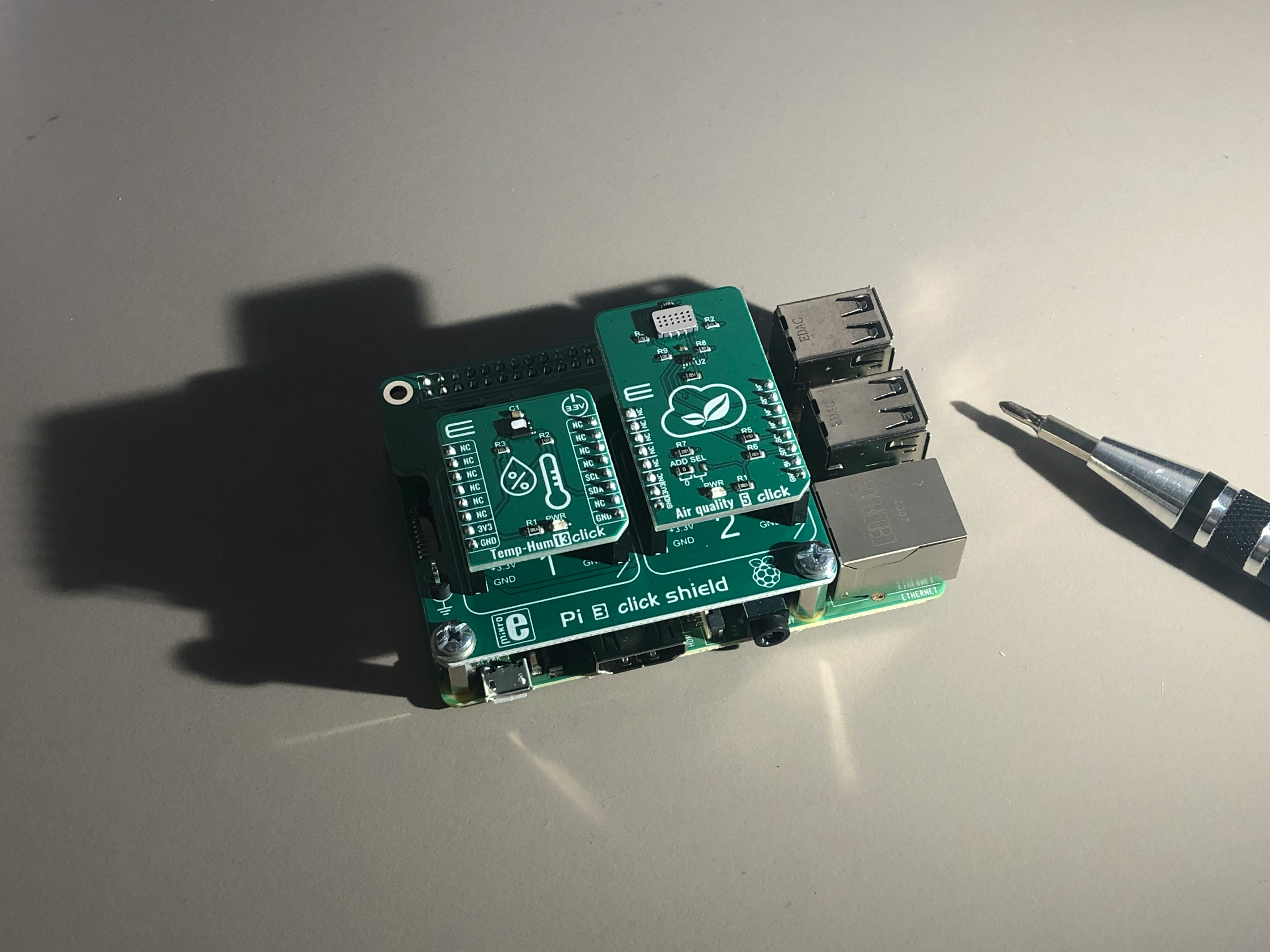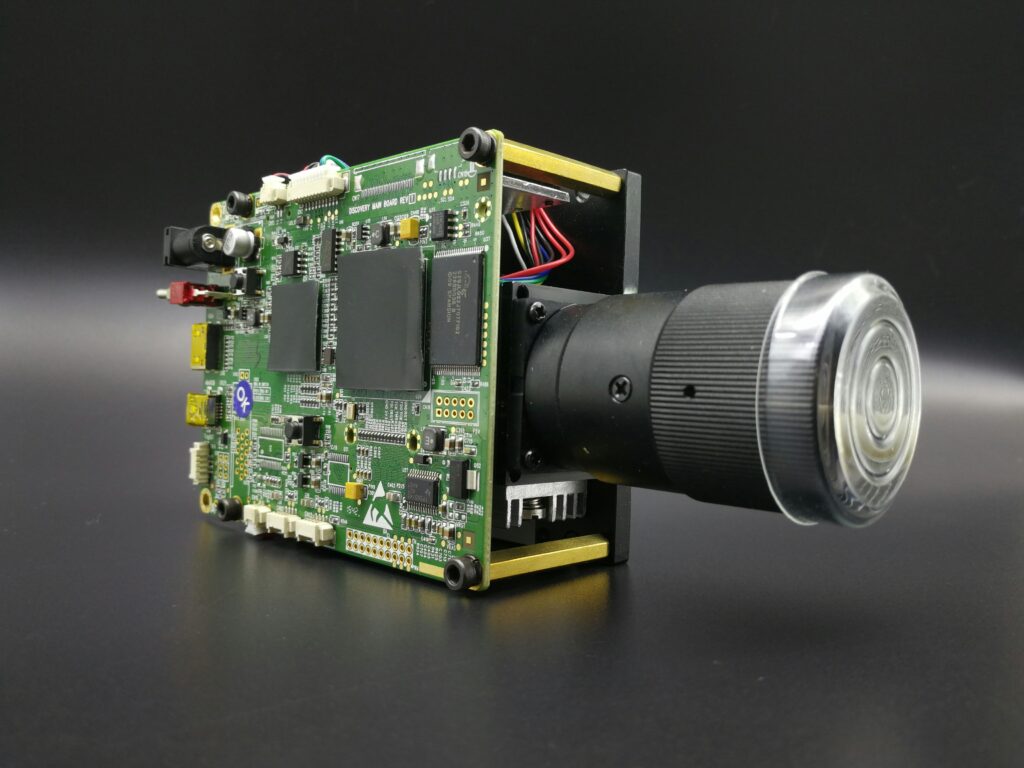The Core of Smart: What Sensors Actually Do
Sensors are the quiet workhorses behind modern tech. Stripped down, a sensor is a device that picks up changes in its environment and turns that input light, movement, temperature, proximity into data a machine can act on. They’re not flashy, not visible, and definitely not optional.
In consumer tech, sensors are what make a gadget “smart.” Your smartwatch knows when you’re running because of its motion sensors. Your phone dims the screen in the dark because of light sensors. Your smart speaker listens, your fridge detects spoiled food, and your headphones know when they’re on your head all because sensors are doing their job silently, in real time.
The types of data sensors gather are diverse, but four buckets cover most use cases:
Motion: Accelerometers, gyroscopes, and magnetometers track steps, orientation, and movement.
Biometric: Heart rate, skin temperature, sleep patterns, and facial recognition create feedback loops in wearables and phones.
Environmental: These include airflow, light, sound, humidity, and gas levels integral in home automation and personal devices.
Location: With GPS and beacon based tech, gadgets don’t just know where they are they also know where you’ve been, and where you might be going.
These devices don’t just respond to inputs they shape the product experience. Without sensors, the “smart” in smart tech just doesn’t exist.
Most Common Sensors in 2026’s Gadgets
Sensors are the quiet force at the heart of modern smart tech. Here’s a breakdown of the ones doing the heavy lifting in the gadgets you use daily:
Accelerometers & Gyroscopes
These are the motion trackers. Accelerometers sense linear movement how fast something changes speed or direction while gyroscopes handle rotation and orientation. Together, they’re why your phone knows when to flip the screen sideways, and how your fitness tracker knows you’re walking, running, or climbing stairs. In AR headsets and gaming gear, they’re the difference between immersive and disorienting.
Ambient Sensors
Your devices quietly read the room. Ambient sensors gather environmental data like light, temperature, and humidity. Your phone lowers screen brightness in a dark room? Light sensor. Smart thermostat adjusts heating because it feels muggy? That’s ambient input too. These sensors help automate systems around you without getting in your way.
Biometric Sensors
Biometrics are how your device recognizes you or how it keeps tabs on your body. Think fingerprint sensors, facial recognition, or heart rate scanners. Smartwatches and fitness wearables depend on these. They enable secure access, track sleep cycles, monitor exertion during exercise, and even flag irregular heart patterns.
Proximity & Presence Detection
Get close, and your phone lights up. Walk into a room, and lights turn on. These small but smart sensors detect when you’re near and whether you’re actively present. Useful in touch free interfaces, auto wake screens, gesture controls, even in home automation setups. Quiet tech, big payoffs in convenience.
As gadgets get smarter, it’s not because they have more sensors it’s because these sensors are finally working in sync to read and respond to the world around you.
Unexpected Places You’ll Find Sensors
Sensor technology isn’t just hiding inside your phone or smartwatch. Increasingly, smart devices across the home and office are embedding advanced sensors in surprising ways quietly transforming everyday objects into data gathering tools for convenience, safety, and performance.
Laptops That Monitor Your Attention
Modern laptops are beginning to track more than idle time they’re observing user behavior to better tune the interface, enhance privacy, and even boost productivity.
Presence detection: Using IR sensors or webcams with AI, laptops can tell when you’re looking at the screen or when you’ve stepped away.
Attention span tracking: Some models log focus duration to give feedback on digital wellbeing or adjust power saving features.
Security use case: Automatic session locking when the user steps away improves data protection in shared environments.
Headphones That Do More Than Play Sound
High end headphones now incorporate motion tracking sensors, turning audio wearables into fitness and security devices.
Motion sensors and gyros: These help track nodding, walking, or jogging perfect for movement aware audio.
Auto pause and directional sound: Adjust playback based on your orientation or physical activity.
Security applications: Some models can detect sudden movements (like running or falls), triggering alerts or recording.
Smart Fridges That Smell Trouble
Refrigerators are evolving with internal sensors that fight food waste and support healthier lifestyles.
Gas sensors: Detecting ethylene gas lets the fridge estimate ripeness and decay especially for fresh produce.
Temperature and humidity monitoring: Ensures optimal food storage zones.
Inventory alerts: Some use onboard cameras and sensor feedback to notify you when you’re running low on essentials or when items are approaching spoilage.
These innovations mark a growing trend: sensors are moving from passive enablers to proactive participants in your daily life often without you even noticing.
How These Sensors Actually Work

Sensor technology doesn’t just depend on sleek hardware it’s the result of multiple engineering advances and strategic data processing. Here’s a breakdown of how today’s smart gadgets turn raw sensory input into intelligent behavior.
Miniaturization & Material Engineering
Modern sensors are smaller, more energy efficient, and more durable than their early predecessors. This evolution is largely due to advancements in materials and clever design.
MEMS (Micro Electro Mechanical Systems): These tiny machines allow sensors to fit inside wearables, earbuds, and even clothing.
Flexible electronics: Materials like graphene and printable circuits enable sensors to be embedded into flexible surfaces.
Improved sensitivity: New materials increase sensor responsiveness while minimizing energy use.
Turning Raw Data into Smart Decisions
Once data is collected, it must be interpreted in real time to be useful. That interpretation requires both hardware and software working in sync.
Signal filtering: Raw signals are cleaned and smoothed to remove noise and increase reliability.
Data fusion: Different sensor inputs (e.g., motion + environmental) are combined to create a more accurate understanding of a situation.
Context awareness: Algorithms determine whether data indicates a meaningful action (like a fall or arrival) or just background activity.
Edge Processing vs. Cloud Analysis
Where that data gets processed makes a big difference in performance, security, and speed.
Edge Processing: Fast and Local
Processes data directly on the device
Ideal for time sensitive tasks like facial recognition or gesture control
Offers better privacy since less data is sent externally
Cloud Analysis: Heavy Lifting at Scale
Useful for long term data storage and deeper trend analysis
Powered by AI models that learn from millions of data points
Enables devices to improve functionality over time, especially in connected ecosystems
As devices get smarter, they’re not just collecting data they’re interpreting it on the move. From cutting edge materials to cloud based AI, every part of the stack plays a role in making ordinary gadgets feel intuitively intelligent.
Sensor Tech Depends Heavily on Smarter Software
The sensor itself isn’t the genius. It’s just hardware collecting pulses, shifts, temperatures, light. What turns that into something useful is the algorithm interpreting it. If the math is off or the model is clumsy, you get noise instead of signal. That’s why algorithmic accuracy isn’t just helpful it’s the backbone of effective sensor output. Misread data leads to smart devices making dumb decisions.
Machine learning steps in to clean up the mess. Over time, models get better at spotting patterns in whatever the hardware feeds them whether it’s your movement, your heart rate, or the temperature of your living room. The more data it sees, the sharper the response gets. Think of it as software that trains itself to understand you.
For creators building or working with smart tech, this means your edge isn’t just in clever sensors, but in how well you teach the software to read the room literally and figuratively. Get under the hood with this read: Understanding Neural Networks from the Ground Up.
Challenges On the Circuit
Sensors may be invisible, but the problems they carry aren’t. Privacy is at the center of the storm especially as devices collect more personalized data. Biometric sensors grab face scans, fingerprints, and heart rates. Environmental trackers monitor air quality, location, voice triggers. Alone, these pieces seem minor. Together, they sketch out a lot more than people think. In 2026, users are starting to ask harder questions about where that data goes and who really owns it.
Then there’s drift calibration drift. Sensors age. Materials wear, temperature shifts, or even firmware updates can skew readings. A fitness tracker showing 92 bpm today might show 85 for the same effort a few months later. Without regular recalibration, devices start lying quietly. Accuracy and trust get buried beneath beautiful UIs.
Finally, there’s the traffic jam behind the scenes. Many smart devices live in isolated silos your smartwatch knows something your smart speaker doesn’t. Inter device communication is often clunky or painfully slow. Standardized protocols are improving, but seamless coordination in a multi device environment is still a work in progress. The tech’s outpacing the backbone it runs on.
These aren’t deal breakers. But they’re not small bumps either. For sensor tech to mature, it has to grapple with surveillance fears, technical aging, and a hardware ecosystem that still trips over its own wires.
Where It’s Headed Next
Sensor tech is no longer just about collecting one piece of data at a time. In 2026, it’s all about fusion combining inputs from multiple sensors and feeding them into AI systems that can understand context. Your smartwatch doesn’t just know you’re walking; it knows what kind of walk: brisk commute or lazy Sunday stroll. That nuance helps devices act less like tools and more like intelligent assistants.
To make all that sensing sustainable, energy harvesting tech is stepping in. Think thermoelectric materials that draw power from body heat or pressure sensitive layers in shoes that convert steps into battery life. That’s the future: sensors that power themselves, working longer without adding bulk.
And it won’t stop at phones, watches, or thermostats. Everyday items your couch, denim jacket, or even the walls in your home are beginning to wake up. With embedded, low power sensors and smart integration, they’ll sense pressure, proximity, or biofeedback and plug that data into broader systems. “Awareness” won’t just come from connected devices it’ll come from your environment itself.
The smart stuff isn’t shouting. It’s listening, quietly, everywhere.
